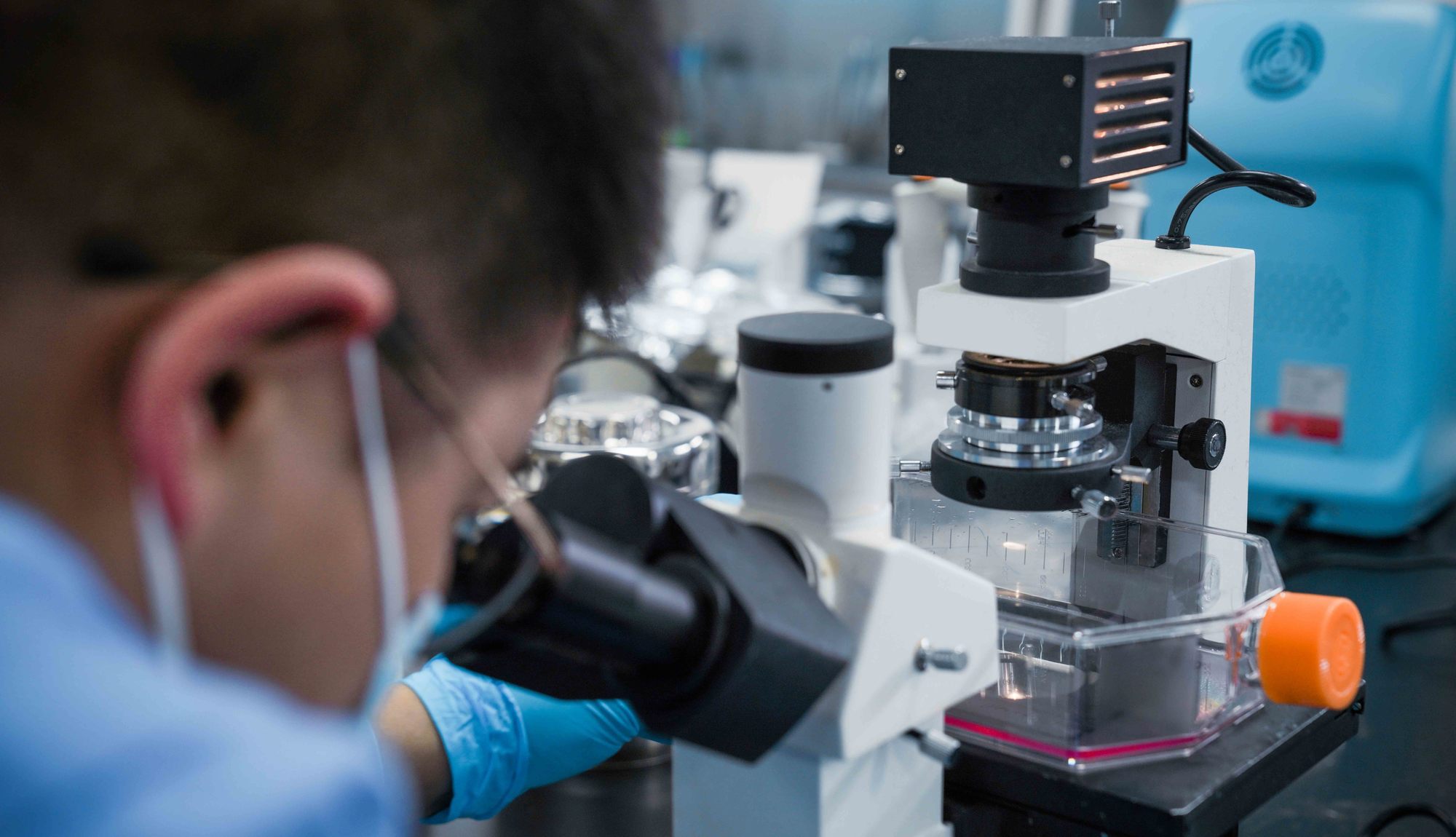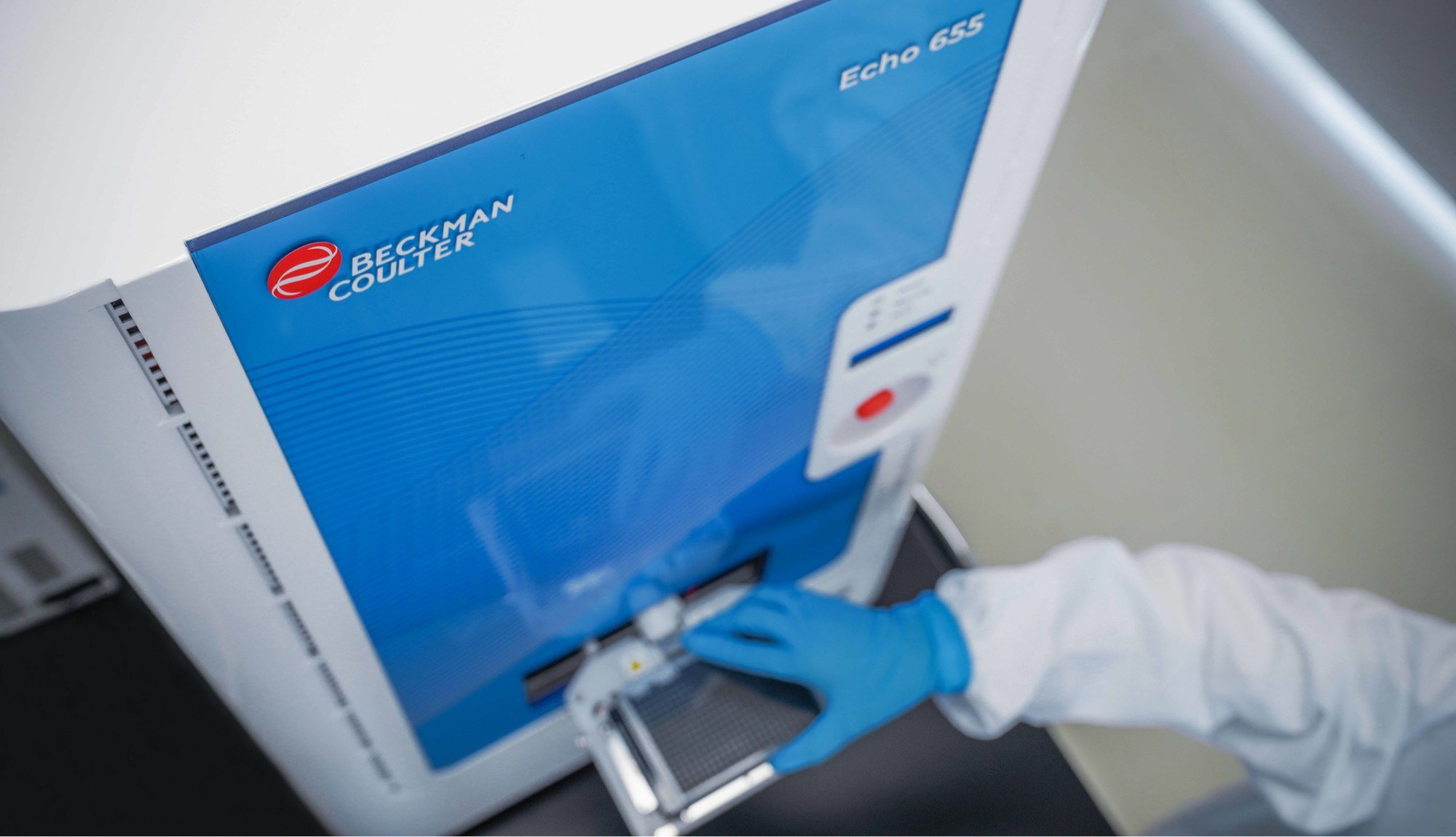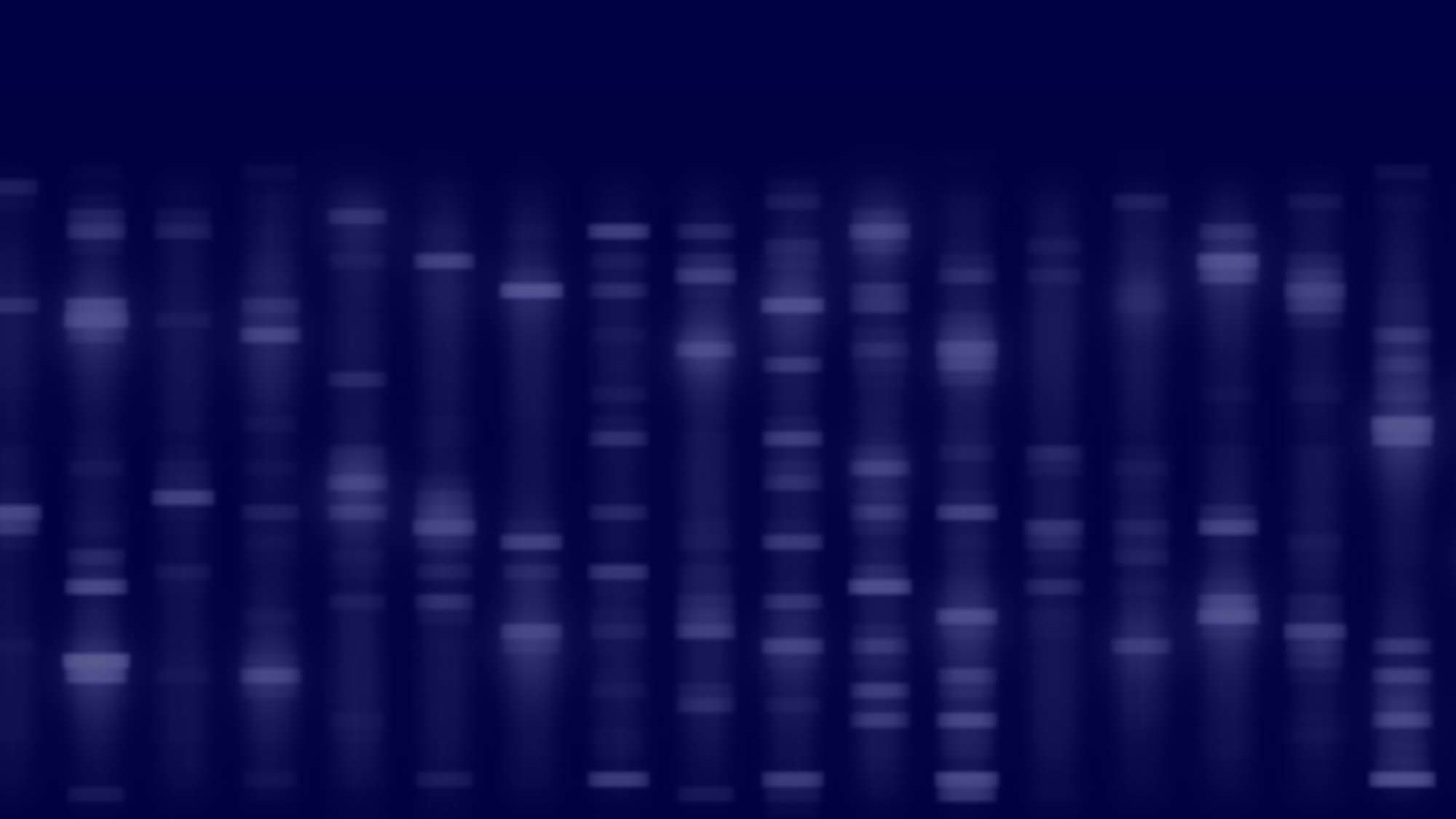CGT Safety Assessment

CGT Safety Assessment Services
Cell and gene therapy (CGT) products are unique when compared to small molecules and biologics with respect to drug product components, biodistribution, duration of action, mechanism of activity and toxicity, etc. Pharmaron has an established CGT safety assessment service platform that specifically addresses preclinical CGT safety evaluation needs to support IND and BLA filings with regulatory agencies (FDA/EMA/NMPA).
Our CGT safety assessment team is experienced in analyzing, designing and executing studies based on CGT products’ attributes, with an adequate selection of animals (healthy, diseased, immunodeficient and transgenic). Studies are supported by relevant, validated or qualified in vitro assays (e.g. immunogenicity, cell fate determination, biodistribution and viral shedding) and clinical pathology and histopathology.
Capabilities

Cell Therapy Product Toxicology
- Selection of relevant species based on testing cell therapy product’s attributes, including POC in preclinical studies
- Route of administration: mimic clinical routes
- Tox in-life end-points:
- Clinical observations, mortality, body weight, physical exams, food consumption/appetite, water consumption, clinical pathology, organ weight, gross pathology, histopathology
- Behavioral testing, immune response (GVHD assessments), ophthalmic exams, neurological exams, cardiac assessments, imaging
- Humoral and cellular immune responses, biomarker expression and specialized histopathology (immunohistochemistry)
- Biodistribution of cell product in targeted/non-targeted tissues
- Cell morphology, phenotype and differentiation evaluation with validated/qualified assays

Cell Therapy Product Toxicology Test Articles
- ex vivo genetically modified cells
- Chimeric Antigen Receptor T-cells (CAR T cells)
- Non-T-cell CARs (B-cells, NK cells, etc.)
- Stems cells: iPSC
- Embryonic-derived
- Adipose-derived
- Bone marrow-derived hematopoietic stem/progenitor cells

Gene Therapy Product Toxicology
- Selection of relevant animal species based on testing gene therapy product’s attributes, including POC in preclinical studies
- Route of administration: mimic clinical routes
- Tox in-life end-points
- Clinical observations, mortality, body weight, physical examinations, food consumption/ appetite, water consumption, clinical pathology, organ weight, gross pathology and histopathology
- Behavioral testing, immune response (GVHD assessments), ophthalmic exams, neurological exams, cardiac assessments, imaging
- Evaluate immunogenicity responses against gene therapy product and expressed transgene, with validated or qualified assays
- Biodistribution of viral vector and its expressed proteins to determine vector’s presence, persistence and clearance profile, in targeted and non-targeted tissues, biofluids and germline, with validated or qualified assays
- Viral shedding including analysis of levels of viral replication in non-target tissues and cells; infectivity can be evaluated by TCID50, PFU and FFU measurement

Gene Therapy Product Toxicology
- Viral-vector mediated
- Adenoviruses
- Adeno-associated viruses (AAV)
- Herpes simplex viruses (HSV)
- Non-viral Mediated
- Plasmids
- Naked DNA
- RNA (siRNA, miRNA)


